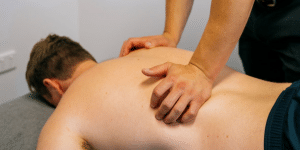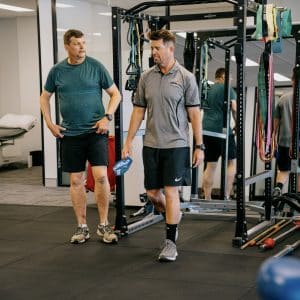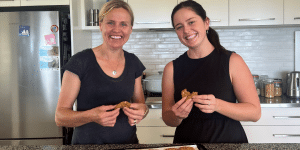The Truth About Sitting

Being seated for long periods is emerging as one of the unhealthiest behaviours of our modern lifestyles. With the population working more hours than ever before, and with the vast majority engaged in sedentary work (e.g. use of computers and operating vehicles) sitting is now embedded in the way that we both live and work.
Consequently, the population is becoming fatter, sicker, experiencing increasing bodily pain, which is impacting workplace productivity, and robbing workers of valuable years from their life.
‘People with sitting jobs have twice the rate of cardiovascular disease as people with standing jobs.’
The most concerning of all is that sitting has now been shown to be an independent risk factor for premature death. That means that it doesn’t matter if you: are routinely active, go to the gym after work, don’t smoke, or eat your fruit and veg. If you routinely sit for long periods every day, you are still at risk of reducing your life expectancy.
To address this issue, the 2009 National Preventative Health Taskforce Report (Action 3.2) included a recommendation for workplaces ‘to fund, implement and promote comprehensive programs for workers to support healthy eating, promote physical activity and reduce sedentary behaviour’ to counter the rising prevalence of risk factors for chronic disease, and the potential impact on the productive capacity of the future Australian workforce.’
Regarding the reduction of sedentary behaviour in workplaces, there are a number of strategies for business to make the work environment more standing friendly, including:
- Increasing the number of breaks workers have
- Implementing strategies to promote postural change
- Focusing on the ergonomic changes to an individual’s workspace
- Altering the built design of the broader workplace
In 2012 the Victoria Health Evidence Based Review: Reducing Sitting in the Workplace, the majority of clinical studies reviewed reportedly focused on increasing the number of breaks, and implementing strategies to promote postural change.
The review further concluded that a major barrier to many Australian businesses offering their employees a more standing friendly ergonomic environment is the cost, and called for more research looking at the direct influence of sedentary behaviour on economic outcomes such as productivity, absenteeism, and presenteeism.
Introducing the StandEASY Desk
The StandEASY Desk was designed by Ethos Health and developed in collaboration with Office Trend to provide workplaces a low cost, easy to install, and an ergonomically customisable solution to counter the effects of prolonged time spent working in sitting.

Low Cost
Most sit-stand desk solutions on the market cost anywhere from $1,000 to over $5,000, and can require a total re-design of your office layout. In contrast, the StandEASY Desk retails for a fraction of the cost and enables you to re-use your existing workstations. We can also produce the StandEASY Desk using the same colour and materials that your existing workstations are made, so that it compliments your existing layout and design.
Easy to Install
The StandEASY is a retrofit unit that sits on top of your existing desk making it easy to install. At only 750mm wide it can be positioned on the return of a standard corner office desk, or one end of a straight desk, allowing you to alternate your postures by using the other side to work in sitting should you desire.
Customisable
The StandEASY Desk has height adjustable working surface and monitor shelf to ensure the ergonomics of your set up can be customised specifically for your needs. We have also made a priority of designing the size of the working surfaces to accommodate document storage that is often associated with desk based work.
For more information, please contact us here or book an online appointment






